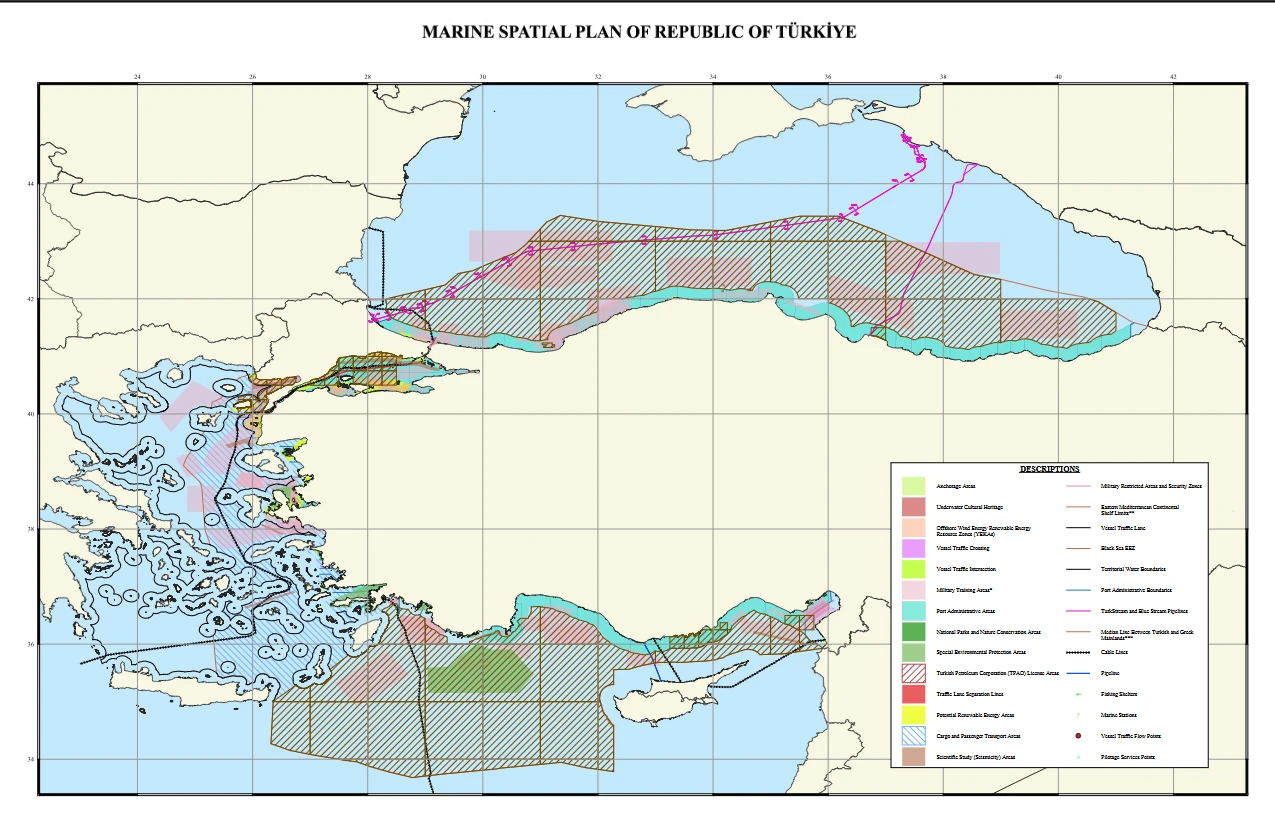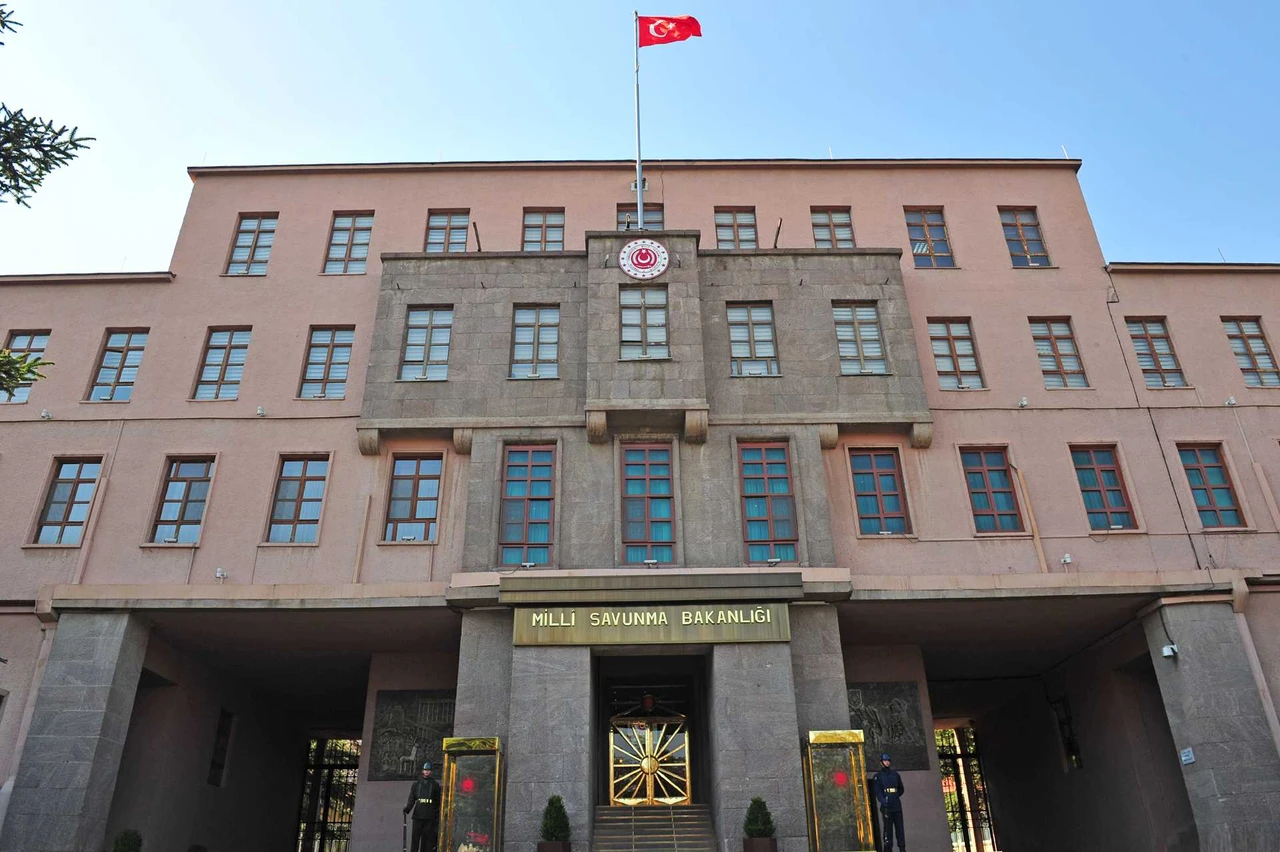Archaeologists discover 5 stunning statues in Türkiye’s Perge ancient city
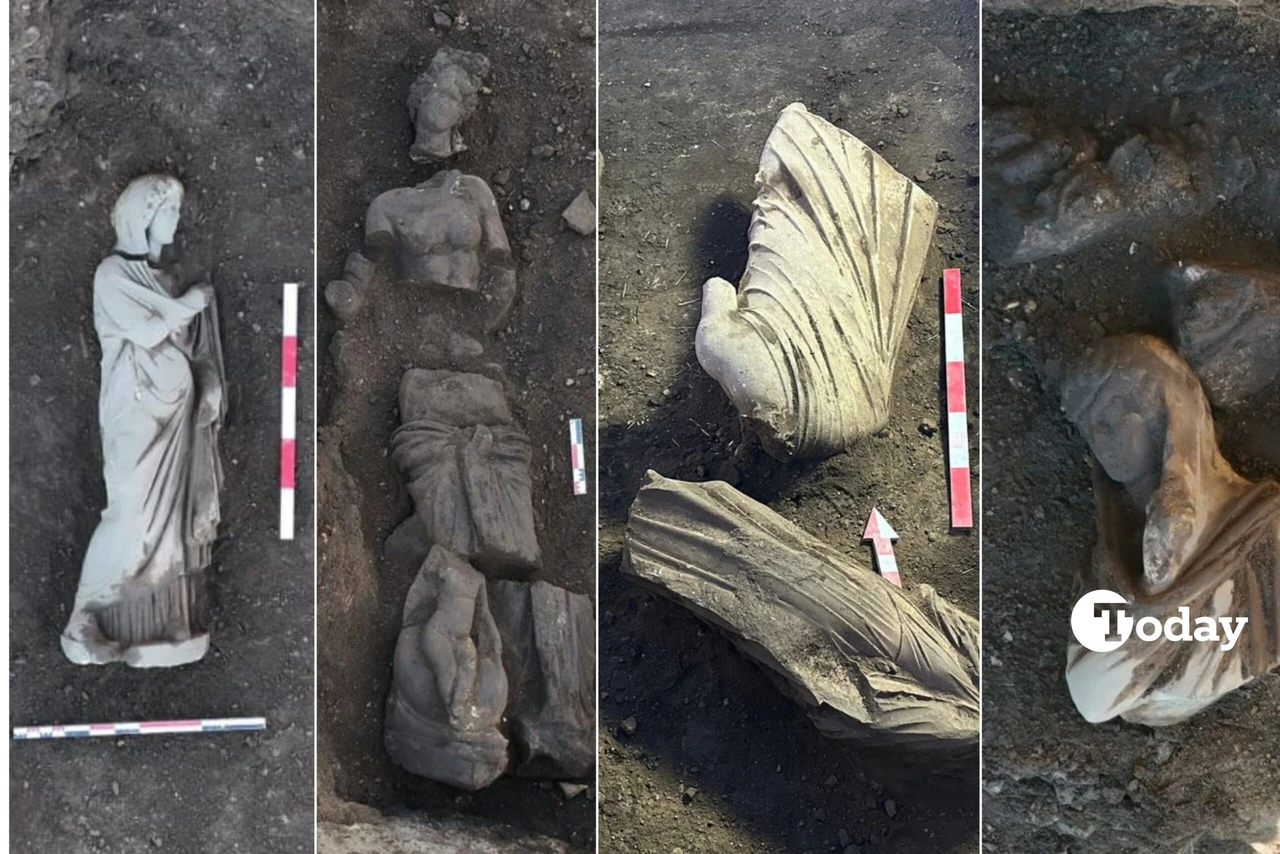 Five statues from different periods unearthed during archaeological excavations in Türkiye's Perge ancient city, February 12, 2025. (Photo via Ministry of Culture and Tourism)
Five statues from different periods unearthed during archaeological excavations in Türkiye's Perge ancient city, February 12, 2025. (Photo via Ministry of Culture and Tourism)
Excavations in Perge ancient city, conducted as part of the “Heritage for the Future Project” under the Turkish Ministry of Culture and Tourism, have led to the discovery of five sculptures from different historical periods.
The General Directorate of Cultural Heritage and Museums announced the significant find on social media, highlighting the artistic and historical value of the sculptures. Among them is an approximately two-meter-high statue of Aphrodite, which forms a composition with a dolphin-mounted Eros. Initial assessments date this sculpture to the second century A.D., identifying it as a Roman Imperial Period replica.
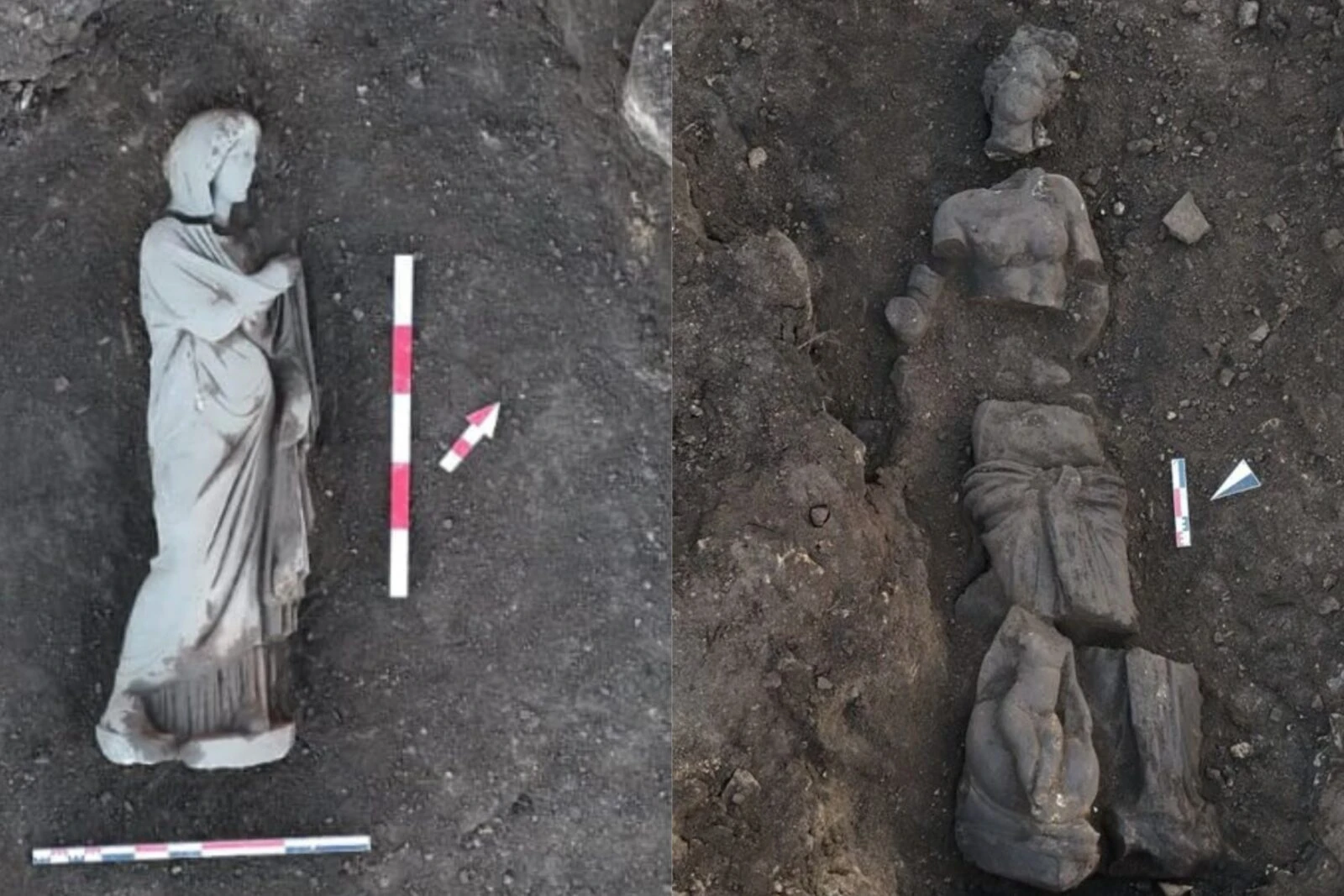
Sculptures reflecting elegance of the past
Next to the Aphrodite statue, archeologists uncovered a 187-centimeter-tall statue of a robed woman standing upright. This piece exhibits stylistic features associated with the Severan period.
Additionally, another similar statue of a robed woman was unearthed in two fragments in the same area.
Further excavations along the city’s eastern street revealed two more statues positioned side by side—a robed woman and a robed man. Experts believe these findings provide crucial insights into Perge’s sculptural traditions, shedding light on the time’s social structure and artistic production methods.
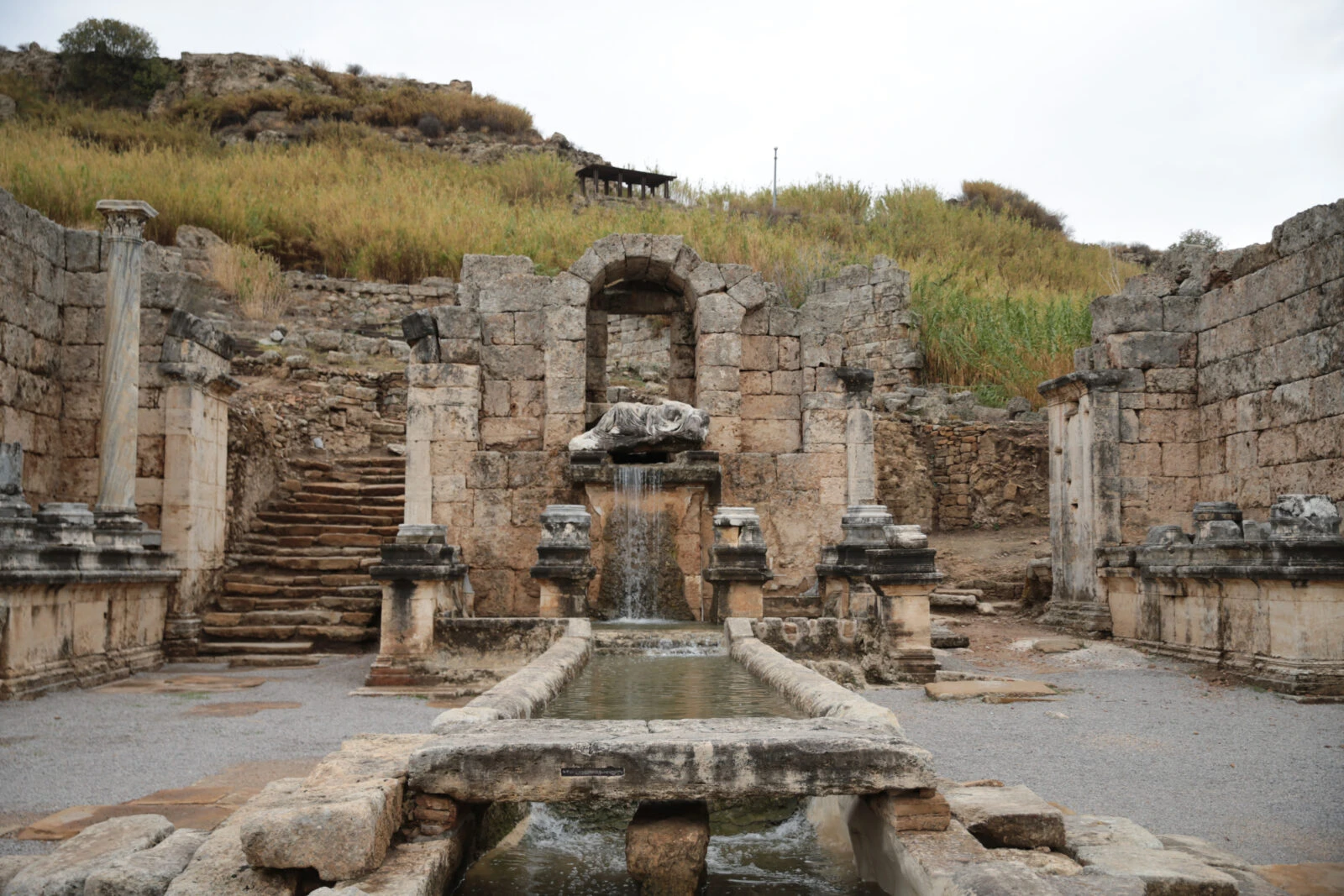
What makes Perge ancient city in so unique?
Located 17 km east of Antalya’s city center in Aksu, Perge ancient city, dates back to the Hittite period, when it was known as “Parha.” During the Roman era, it became one of the most well-planned cities in Anatolia. The city is famous for its architecture and marble sculptures, many of which are now displayed in the Antalya Museum, making it one of the world’s most significant sculpture museums.
Perge’s city plan is centered around two main streets running east-west and north-south. Its 15,000-seat theater, featuring a beautifully decorated two-story stage built in the second century A.D., is well preserved. The 12,000-capacity stadium, built in the 2nd century B.C., is among Türkiye’s best-preserved ancient stadiums. Other remarkable structures include a rectangular agora, high towers, monumental fountains, baths, and colonnaded streets.
Perge also holds religious significance in Christianity. Saint Paul arrived here via the Aksu River during his missionary journeys, and since it is mentioned in the Bible, the city and river are considered sacred Christian sites.

